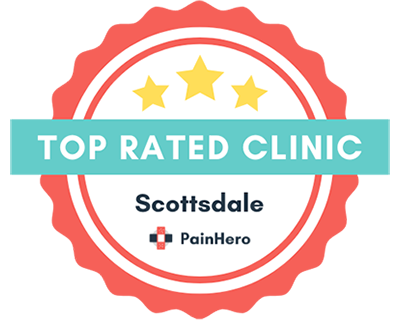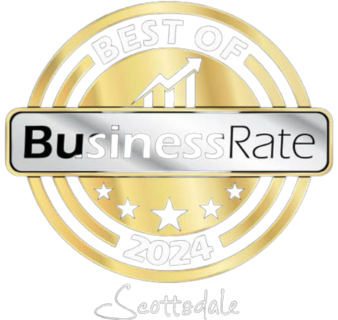Sports and physical therapy go hand in hand for anyone who wants to recover faster, prevent injuries, and improve performance. Whether you’re a weekend warrior, high-level athlete, or just someone who wants to move better and feel stronger, sports-focused care can change the game. This blog explains what sports and physical therapy is, how it works, and why choosing professional physical therapy matters for your recovery and goals. We’ll also cover how athletes can benefit from injury prevention, performance enhancement, and recovery programs through expert-guided treatment and advanced learning pathways.
What Is Sports and Physical Therapy and Why It Matters
Sports and physical therapy is a specialized area of care designed to help active individuals recover from injuries, improve performance, and prevent future issues. Unlike general rehabilitation, it focuses on movement patterns, athletic goals, and functional strength. This section explores how sports therapy differs from traditional models and why it’s increasingly vital for today’s athletes.
Defining “physical therapy for sports” versus traditional physical therapy
Traditional physical therapy helps patients recover from injuries and regain daily function. In contrast, physical therapy for sports is performance-driven. It not only helps athletes recover but also prepares their bodies to perform at higher levels. Sports and physical therapy uses tools like strength testing, mobility drills, and movement retraining to go beyond pain relief. This form of professional physical therapy focuses on injury recovery while simultaneously enhancing performance through sport-specific exercises and techniques.
The growing demand for sports performance physical therapy insights
Athletes today don’t just want to heal — they want to get better. That’s why sports performance physical therapy is gaining traction. From youth sports to adult recreation leagues, people want fast recovery and long-term protection from repeat injuries. Physical therapy for sports supports this shift by using modern techniques and custom programs tailored to athletic needs. On-site evaluations and data-driven strategies are now standard, making sports and physical therapy essential for any competitive edge.
Sports can have both positive and negative impacts on health. The benefits are mostly driven by the physical activity involved, which forms the core of most athletic pursuits. When practiced appropriately, sports contribute to better cardiovascular health, muscle strength, mental wellness, and overall physical function.
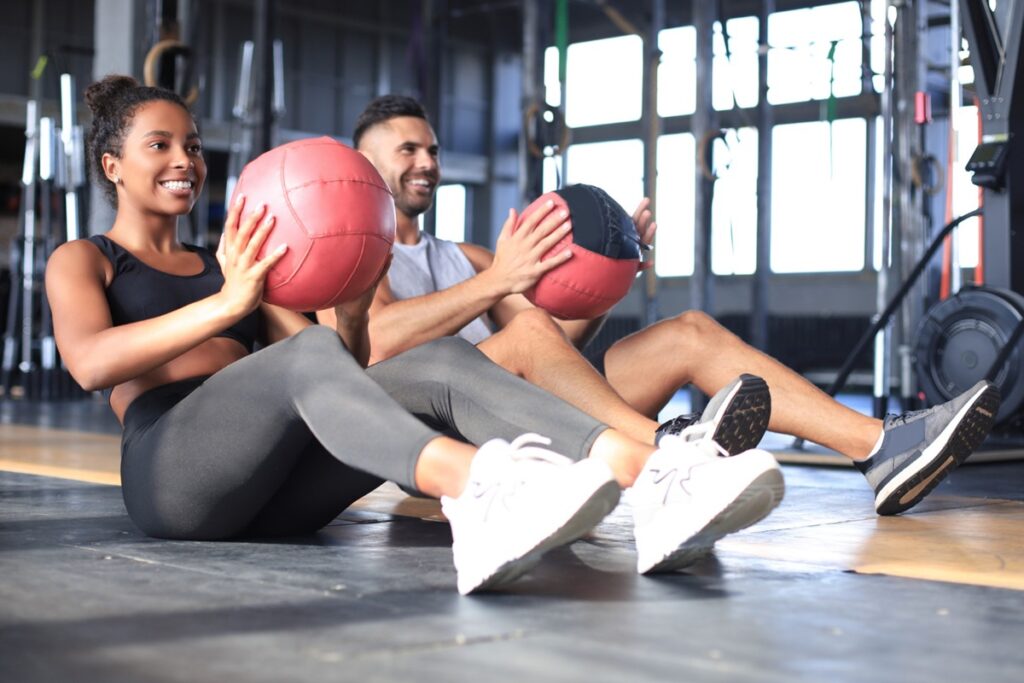
Who Benefits from Professional Physical Therapy Services
Not all physical therapy is designed the same. Professional physical therapy services are crafted for individuals who want to move better, play longer, and stay injury-free. Whether you’re returning from an injury or training to improve your skills, the benefits extend across age and experience levels.
Active adults, weekend warriors, and competitive athletes
You don’t need to be a pro athlete to benefit from sports and physical therapy. Active adults who love hiking, tennis, or playing with their kids can see real improvements. Weekend warriors trying to stay fit or return from injury gain strength and confidence with professional physical therapy. These programs are designed for managing sports injuries while increasing mobility and function for all physical activity levels.
Proactive “prehab” approaches before pain or injuries occur
Many people wait until they’re hurt to seek help. But sports and physical therapy can also prevent injuries. Prehab — or preventive rehab — builds strength, balance, and mobility before pain shows up. Through education and early evaluation, therapists reduce the risk of reinjury by addressing problem areas before they become chronic. Prevention is key, and these strategies are part of Scottsdale Physical Therapy & Performance’s commitment to proactive care.
Returning to sport versus enhancing current performance
Some patients need to return after a sports injury. Others are healthy but want to improve speed, power, or technique. Physical therapy for sports helps both. Therapists create clear benchmarks and train weak areas so you can either get back to play or push beyond your current limits. Treatment for athletes in this setting includes advanced performance metrics and customized care plans for ongoing progress.
The Science Behind Physical Therapy for Sports
Science and data drive results. Physical therapy for sports is grounded in biomechanics, evidence-based techniques, and individualized assessments that take the guesswork out of performance care. This section explains the tools and methods that make modern sports therapy so effective.
Biomechanical evaluations and movement analysis
Every successful sports performance physical therapy program starts with a scientific foundation. The first step is understanding how your body moves. Therapists perform a biomechanical assessment to find weaknesses or movement issues. These insights guide your custom treatment plan. Through motion analysis and physical therapy specialty areas like functional strength and posture correction, therapists identify what limits your performance.
Evidence-based techniques: manual therapy, dry needling, IASTM, cupping, neuromuscular coordination
Sports and physical therapy includes more than just stretching. Therapists use hands-on techniques like dry needling, cupping, or IASTM (instrument-assisted soft tissue mobilization). They also train muscles to fire in the right sequence with neuromuscular coordination drills, creating better body control. Evidence-based methods supported by clinical research are applied specifically for treatment of athletes who need rapid and reliable results.
How sports physical therapy enhances strength, agility, mobility, and coordination
Better movement leads to better performance. Physical therapy for sports improves range of motion, balance, and reaction speed. By focusing on athletic goals, these programs help you run faster, lift more, and move without hesitation. With expert guidance, these exercises improve sports performance in Scottsdale for athletes of all levels.
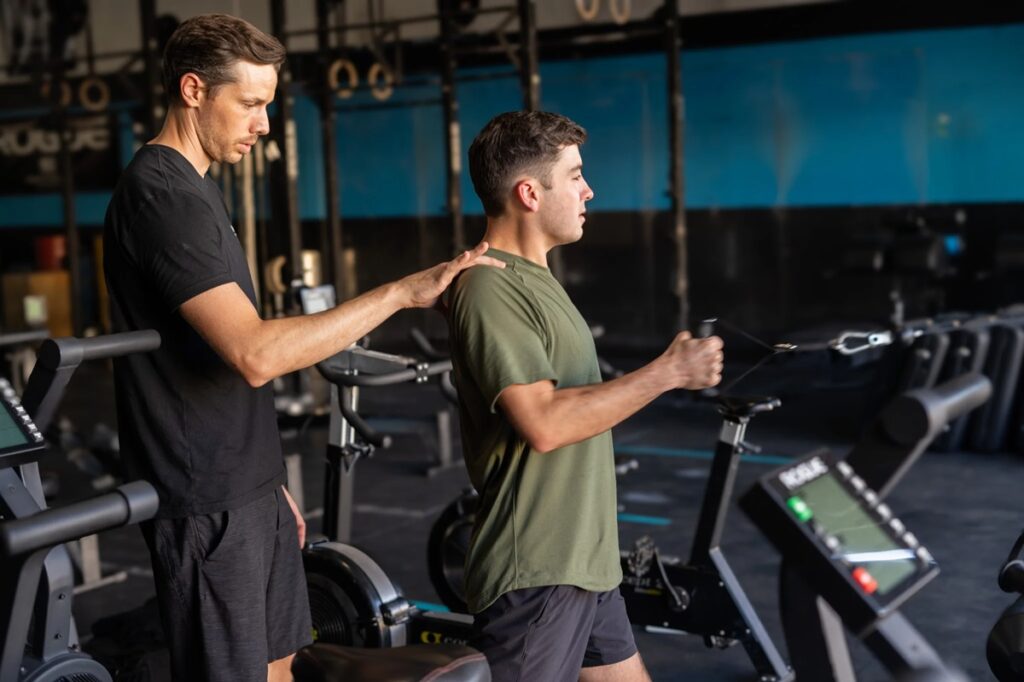
Core Components of a Sports Performance Physical Therapy Program
Every great outcome starts with a well-built plan. Sports performance physical therapy programs are structured to uncover the root of dysfunction and tailor recovery to the athlete’s goals. Here, we break down what a high-quality sports therapy program includes and why it matters.
Comprehensive evaluation and diagnosis
Your sports and physical therapy journey starts with a full-body exam. Therapists look at joint health, posture, muscle symmetry, and performance metrics. This helps pinpoint the real causes of pain or weak spots. An on-site evaluation is a critical first step toward injury recovery and future prevention.
Personalized treatment planning for injury recovery and performance gains
There’s no one-size-fits-all program in professional physical therapy. Your treatment includes exercises, mobility drills, and sport-specific tasks. As you improve, the program evolves with you to support your goals. Advanced learning pathways are built into each plan to ensure the education and progression needed for long-term success.
Injury prevention strategies and long-term resilience
Sports performance physical therapy also teaches athletes how to avoid future injuries. You’ll learn how to warm up, cool down, and train safely for long seasons. This long-term view builds durable performance — not just short-term fixes. By lowering the risk of reinjury and promoting physical activities that support joint health, these programs make athletes more resilient.
Key Benefits of Sports Performance Physical Therapy
Results speak louder than words. Sports and physical therapy delivers measurable improvements in strength, mobility, and injury prevention when implemented correctly. This section outlines the benefits athletes can expect when working with a qualified provider.
Accelerated return to sport goals
Time matters. Sports and physical therapy helps athletes return to training faster and stronger. Programs are built with timelines, milestones, and sport-specific movements that prepare you for safe return to play. Speed, structure, and scientific management of sports injuries set these therapies apart.
Reduced risk of re-injury and long-term joint health
Fixing an injury isn’t enough. You need to protect against it coming back. Professional physical therapy strengthens vulnerable areas, aligns joints, and teaches better mechanics to prevent flare-ups. Treatment for athletes must be about long-term prevention, not just recovery.
Improved athletic metrics: power, speed, flexibility, endurance
Physical therapy for sports isn’t just recovery — it’s performance enhancement. Athletes often gain measurable improvements in power, flexibility, endurance, and reaction time through data-driven therapy. Every exercise is tracked and modified based on ongoing evaluation to meet sport-specific needs.
Mental and emotional resilience built through therapy and movement literacy
Recovering from injury can take a toll on mental health. Sports and physical therapy gives you a structured plan and visible progress. This builds confidence, motivation, and a stronger connection to your body’s potential. Therapy also empowers you with the education and tools to maintain success independently.
Sports Physical Therapy vs. Traditional Physical Therapy
Not all therapy is created equal. While traditional PT restores function, sports physical therapy is aimed at improving athletic ability and long-term performance. In this section, we compare the two approaches and highlight the advantages of choosing a sports-specific provider.
Treatment goals compared: restoration vs. optimization
Traditional PT aims to restore basic function like walking or bending. Sports and physical therapy pushes beyond that. It’s about optimizing performance, improving form, and increasing physical output in real-life sports settings. Sports-specific training and board certification in sports physical therapy make a big difference.
Credentialed therapists – what professional physical therapy offers athletes
Sports PTs hold specialized credentials like CSCS (Certified Strength and Conditioning Specialist) or SCS (Sports Certified Specialist). These qualifications mean they’re trained in both recovery and athletic performance. Their education, certifications, and clinical skills elevate every session, especially when managing sports injuries.
Access and flexibility: direct access models where clients start therapy without referral
Many states now allow direct access to physical therapy. That means you can start sports and physical therapy without a doctor’s referral. This speeds up your care, especially when injuries or goals can’t wait. At Scottsdale Physical Therapy & Performance, direct access means quicker help for motivated athletes.
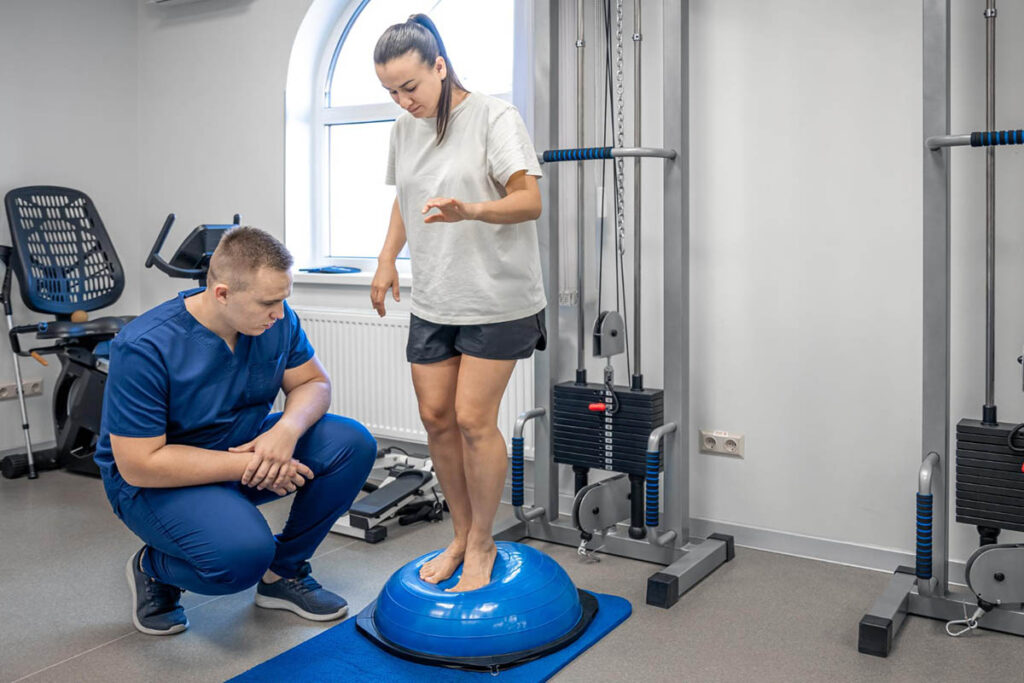
Why Choose Licensed Professionals for Sports and Physical Therapy
Credentials and experience matter. Licensed professionals bring advanced certifications, continuing education, and a deeper understanding of athletic needs. This section explains why the right provider makes all the difference in your recovery and performance.
Specialized certifications and continuing education in sports rehab
Choosing licensed therapists means you’re getting expert care. Professional physical therapy clinics often invest in continuing education, advanced certifications, and new techniques that keep athletes at the cutting edge of care. Their focus on physical therapy specialty areas ensures better outcomes in less time.
Evidence-based practice referencing PEDro and clinical research
Sports and physical therapy programs are based on real science. Therapists use peer-reviewed studies, PEDro scores (Physiotherapy Evidence Database), and outcome-based models to guide your care. This commitment to evidence-based treatment enhances results and limits guesswork.
Trust signals: client testimonials, ratings, team credentials
Look for testimonials from other athletes. Check ratings, certifications, and clinic photos. These trust signals help ensure you’re choosing a professional physical therapy team that delivers results. Improve Sports Performance in Scottsdale with trusted professionals who care.
How to Get Started with Sports and Physical Therapy
Taking the first step toward better movement and performance begins with knowing what to expect. From evaluation to phased care, the process is designed to be straightforward and personalized. This section walks you through how to begin your therapy journey with confidence.
What to expect in your first session: evaluation and goal setting
During your first visit, your therapist will ask about your goals and examine how you move. This full-body evaluation sets the path for your custom plan. Expect to discuss past injuries, sport goals, and current habits. Every treatment plan begins with clarity, collaboration, and an athlete-first mindset.
Creating a phased plan: recovery → rehab → performance optimization
The process usually includes three phases:
- Recovery — reduce pain and inflammation.
- Rehab — restore strength, motion, and balance.
- Performance — add speed, agility, power, and sport skills.
This phased model helps athletes progress safely and confidently through each stage of care.
Insurance, referrals, and self‑referral models explained
Many professional physical therapy clinics accept insurance. In direct access states, you can skip the referral and start therapy immediately. Always check with your provider for specific coverage. Scottsdale Physical Therapy & Performance supports self-referral options to get you started without delay. If you’re ready to begin, request appointment today and take the first step toward better movement and recovery.
Conclusion
Sports and physical therapy is more than treatment — it’s a strategy to help your body move better, faster, and longer. Whether you’re dealing with an injury or trying to boost performance, working with a professional physical therapy team can help you unlock your full potential. Don’t wait for pain to stop you. Invest in your performance today.
FAQs
What is the role of sports in promoting physical health?
Sports promote heart health, muscle development, mental wellness, and coordination. They keep the body active and reduce the risk of chronic disease. Participation in physical activities also supports prevention of injuries and encourages overall well-being.
What is a sports physiotherapy?
Sports physiotherapy is a branch of physical therapy focused on preventing, diagnosing, and treating sports injuries while improving performance. It involves evaluation, specialized exercises, and evidence-based treatment for athletes. Sports physiotherapy also supports injury recovery and performance enhancement in athletes.
What is the purpose of physical therapy?
Physical therapy helps restore function, reduce pain, improve mobility, and prevent future injuries. It also helps active people move better and perform longer. Through targeted treatment, it supports both recovery and long-term wellness for physically active individuals.







